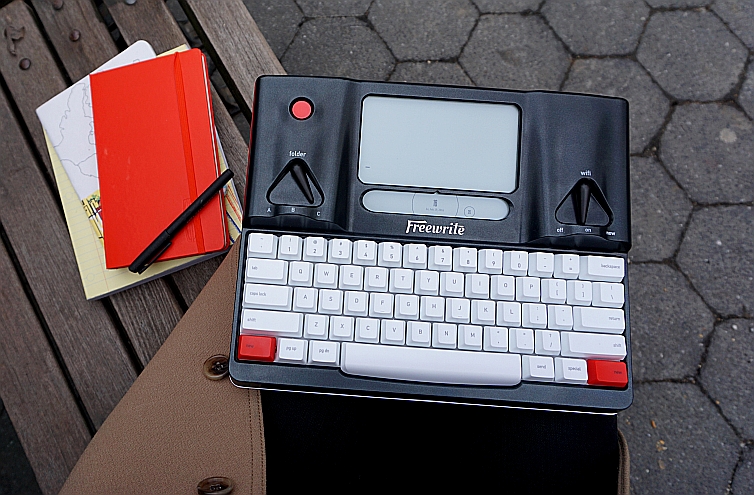There’s no getting around it any more – influencer marketing is here, it’s here to stay and it’s taking over. Gone are the days when a brand mention in The Guardian or on Mail Online was the holy-grail for companies.
The media landscape has shifted in the last ten years and brands are standing up and taking notice. Influencer marketing is now a massive buzz-word in the industry and marketing managers are clamouring to get involved in some way.
However, it is important that it is done correctly and with caution. As of yet it is a largely unregulated industry and there are an abundance of methods and strategies that “influencers” can employ to persuade you to work with them.
Whereas TV audiences are audited by BARB and print and online titles are audited by ABC, no such independent body exists yet for influencer marketing. Many brands make the mistake of thinking they can take the follower numbers, likes and engagement numbers of a social media influencer at face value.
Increasingly, that’s simply not the case. Significant investigation and research is required to authenticate an influencer’s account. It is possible for them to buy followers, likes or comments. They can be part of “Comment Pods” which feign good engagement rates. They can even buy whole social media accounts.
As such it’s crucial that before working with any influencer, a brand – or its agency – undertakes significant due diligence and investigation. This is to ensure the influencer can actually offer you a tangible commercial benefit, rather than just a large number on a campaign results case study.
Top Tips for Working with Influencers
So without further ado, here are our top 5 tips for working with influencers.
1. Ensure their following is organic, not bought
Don’t make the mistake of taking the “follower” number displayed on a person’s Twitter or Instagram page as gospel. It is very easy to buy followers on these channels and if you tie up with someone who has done just that, you are severely limiting the impact your campaign can have. Here at Performance we have access to various tools that allow us to analyse and vet a potential influencer’s following. That ensures that anyone we work with is communicating to real and engaged followers, rather than automated bots.
2. Do the influencer and their audience fit your brand?
Influencer marketing only works if there is a synergy between your brand and the influencer’s audience. It must feel like a natural fit for the audience, otherwise your brand message will be met with scorn. What use is getting your brand message in front of millions of people, if they are never going to be interested in your brand? Focus on getting the fit between your brand and your chosen audience and you’ll be well on the way to a successful influencer marketing campaign.
In the meantime, marvel at these examples of incredibly badly thought through partnerships with no audience synergy:


3. Check engagement levels
An influencer account with high follower numbers, but low engagement levels can indicate that followers have been bought. Therefore they aren’t interacting with content that is posted. Accounts like this offer little or no value to your brand or campaign.
An engagement is considered as anyone that has actively interacted with a post – whether that is liked, commented, watched or shared. So if an account has a relatively low average engagement level, compared to their follower numbers, this can be a red flag to steer clear.
It is also common for “Comment Pods” to emerge. These are where a group of influencers get together and agree to engage on all of each other’s posts, which can then give a false impression of good engagement levels.
So keep an eye out for generic comments and a multitude of two or three word comments, which are often repeated across multiple posts.
4. Bigger isn’t always better
There’s no denying it – being able to show your boss that your brand has reached X million people through a partnership with a major influencer is great and looks fantastic on paper.
But, would using the money spent to partner with one big influencer and put it towards 10 smaller influencers or “micro-influencers” actually have been more effective?
A micro-influencer is generally considered as someone with an audience of between 1,000 & 100,000 followers, often focused on a specific or niche topic.
There is a real train of thought developing that the micro-influencer is the way forward for many brands. Rather than partnering with one huge influencer with an audience with very varied tastes, views and desires, brands are looking at partnering with many more niche micro-influencers. This is because their audience will have much more resonance with the brand and ultimately be more likely to convert into the sales funnel.
Ultimately, as with everything, it comes down to your objectives. If brand awareness is the key metric, then engaging with a macro-influencer will likely be the way forward. If leads or sales are your key metrics, the use of the micro-influencer can be a much more fertile ground for brands.
5. Are social influencers right for you?
Just because influencer marketing is in vogue right now, that doesn’t necessarily mean you should use it for every campaign. Choose campaigns that you know will resonate with specific audiences and amplify them with influencer support.
Don’t just throw a bunch of money at influencer marketing for everything you do, as it won’t always be relevant. It’s not a one-size-fits-all solution. And as you will have garnered from the above, it’s not as simple a process as it might first seem.















